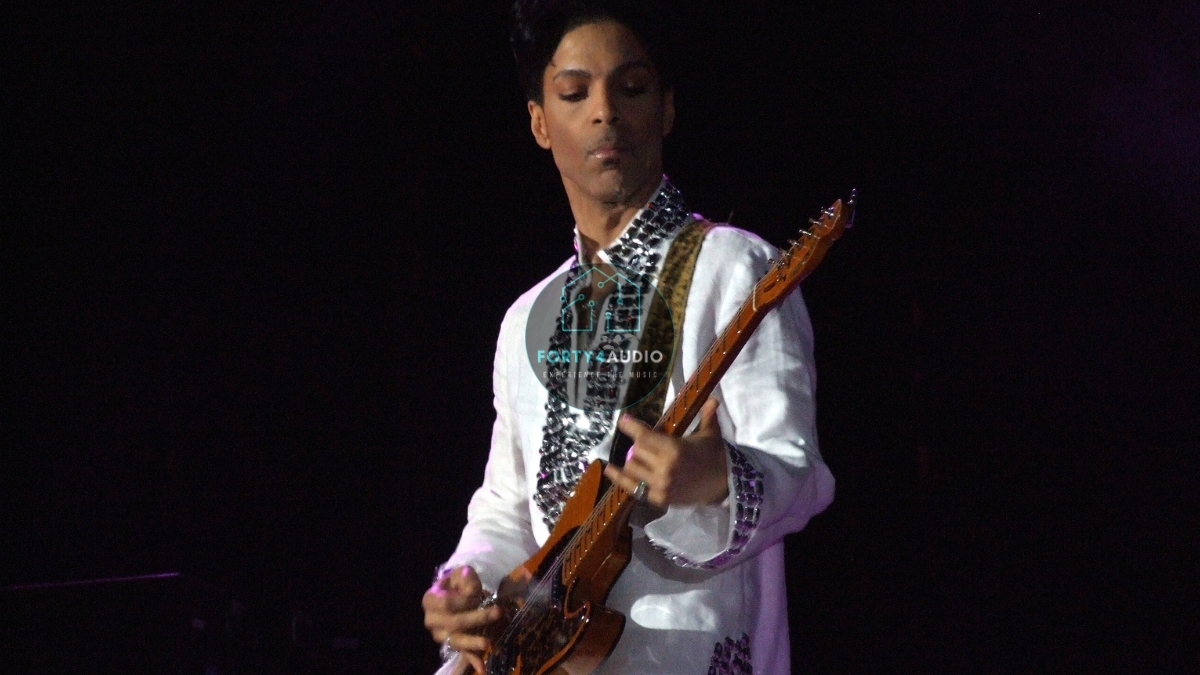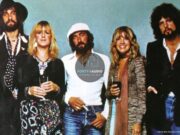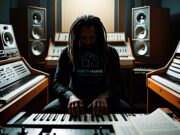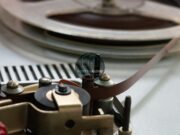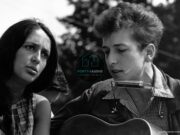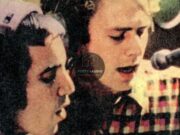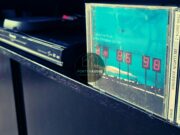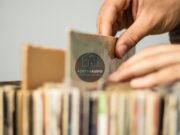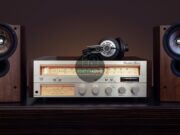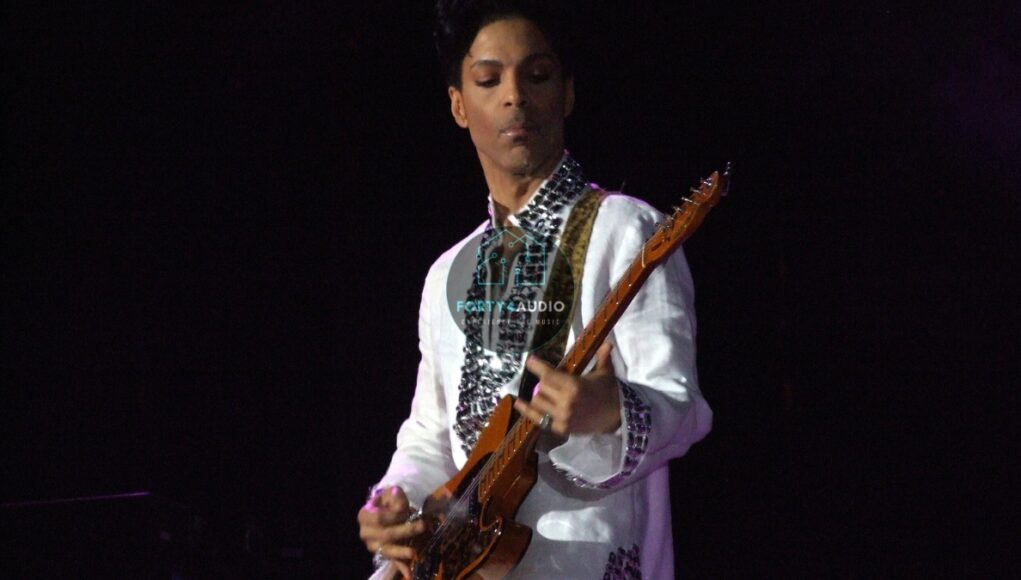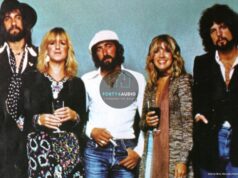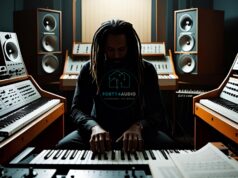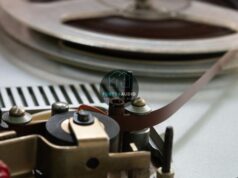When Prince stepped into a studio, he transformed it into a living organism – a space where every note, tone, and rhythm responded to his imagination. His approach to music was more than creative; it was alchemical. Every track carried the pulse of freedom, the tension of precision, and the audacity of innovation.
For musicians and producers who study how music becomes iconic, Prince represents both mystery and mastery. His songs sound effortless, but underneath that ease lived hours of experimentation, layered performances, and a deep belief that sound could express what words could not.
He redefined the boundary between songwriter, producer, and performer, merging them into one relentless force of creation. The result was a sound that continues to shape pop, funk, rock, and R&B decades after his first recordings.
The Early Years That Forged His Musical Instinct
Prince Rogers Nelson was born in Minneapolis in 1958, in a household filled with rhythm and melody. His father, John L. Nelson, was a jazz pianist; his mother, Mattie Della Shaw, a vocalist. Music was always present, but so was a sense of independence that would define him for life.
By age seven, Prince was writing songs. By his teenage years, he was rehearsing in the basements of friends’ houses because home wasn’t always stable. In one of those basements, packed with hand-me-down instruments and borrowed amps, he taught himself guitar, piano, bass, and drums – the building blocks of what became his unmistakable sound.
What many fans don’t realize is that Prince was completely self-taught. He learned to play by ear, studying the movement of sound rather than the theory behind it. This intuition shaped everything that followed – he trusted the feel of a groove more than the rules of harmony.
At thirteen, he formed his first band, Grand Central, with school friends André Anderson (later André Cymone) and Morris Day. Their sound drew from James Brown and Earth, Wind & Fire, but even then, Prince’s arrangements stood out. He would rewire amps, change settings on keyboards, and fine-tune snares until the sound matched what was in his head – often to the confusion of the other players.
By nineteen, Warner Bros. Records saw something unusual: a young artist who insisted on complete creative control. That was nearly unheard of at the time, yet Prince refused to sign without it. His confidence wasn’t arrogance – it was certainty. He knew that to truly create, he had to own every decision.
The Multi-Instrumentalist Mindset That Drove His Innovation
Prince’s musical independence wasn’t symbolic; it was practical. On many early albums – For You (1978), Prince (1979), and Controversy (1981) – he played every instrument himself. Guitars, bass, drums, keys, and vocals all came from one mind.
This total control allowed him to experiment in ways traditional bands couldn’t. He could change a snare sound mid-track, switch from funk rhythm guitar to arena-sized solos, or stack his own harmonies until they formed a wall of sound unique to his voice.
One of his secret weapons was the Linn LM-1 Drum Computer, one of the earliest programmable drum machines. Most artists at the time used it as a metronome or rhythm guide. Prince, however, reprogrammed its internal code and altered its tuning, pushing it to sound organic and human. That machine became the heartbeat of the Minneapolis Sound – crisp, dry, and punchy, yet alive.
During the sessions for 1999 (1982), he refined that sonic identity. Instead of chasing realism, he created rhythm patterns that were purposefully mechanical, contrasting the machine’s precision with his own expressive vocals and guitar work. The tension between human and machine became part of his signature production style.
Studio engineers often marveled at his process. Prince would record ten or twelve tracks in a single night, moving from drums to bass to vocals without a break. He was notorious for locking himself in the studio for days, emerging only when a song was finished. The tape reels barely stopped spinning.
This obsessive, multi-instrumental approach wasn’t about control for control’s sake. It was about connection. Prince viewed each instrument as an extension of his body – tools through which he could express feeling directly, without interpretation by another player.
Songwriting as an Act of Spiritual Precision
Prince’s songwriting flowed from instinct. He once said songs “come through me, not from me,” describing himself more as a vessel than an author. But that doesn’t mean his process was effortless. He cultivated the conditions that allowed creativity to strike.
Many of his greatest tracks began with a single word or sound. “When Doves Cry,” for example, started with a guitar riff. He wrote and recorded the entire song in one night – then made a radical decision: he removed the bass line. In pop music, that was nearly sacrilegious. Yet the absence of bass gave the song its haunting energy. That choice, made in a moment of pure intuition, is one reason it remains unforgettable.
Prince wrote constantly. He carried tape recorders, scribbled lyrics on napkins, and would call bandmates in the middle of the night with new ideas. It’s estimated he recorded over 8,000 unreleased songs throughout his life. His vault – a literal, temperature-controlled vault at Paisley Park – still holds hundreds of hours of unheard material.
Themes in his songwriting often circled around identity, duality, and the search for connection. Tracks like “Controversy” and “I Would Die 4 U” combined sensuality and spirituality – two sides of a single idea. To Prince, love, faith, and sound were not separate energies; they were all expressions of the same creative power.
Even his so-called pop hits had layers of meaning. “Raspberry Beret,” for instance, sounds whimsical, but it’s a reflection on youthful freedom and the nostalgia of memory. Prince used storytelling as camouflage – hiding depth beneath accessibility.
He never relied on formula. For him, a song existed only when it felt true. Everything else was practice.
The Studio as Sacred Ground
For Prince, the recording studio was not a workplace; it was a sanctuary. It was where ideas became energy and energy became music.
His home studios evolved alongside his success. The early Kiowa Trail setup in Chanhassen, Minnesota, gave way to the legendary Paisley Park complex – 65,000 square feet of creative autonomy. It housed recording studios, rehearsal spaces, and performance areas, all wired to capture sound at a moment’s notice.
Inside, Prince worked with minimal lighting. He often preferred to record vocals in near darkness, believing that removing visual distractions heightened emotional focus. Engineers recalled that he would set up microphones without a pop filter, allowing subtle imperfections and breath to remain in the recording – artifacts that made his vocals feel intimate and immediate.
He had a distinct production philosophy: let the sound speak, not the settings. He cared less about traditional EQ or compression and more about how frequencies interacted emotionally. One take might have rough edges or slight timing quirks, but if it felt right, it stayed.
He often blended analog and digital tools long before it became common practice. The Linn LM-1 would lay the rhythmic foundation, while live drums or percussion overdubs added organic texture. He was known to record multiple vocal tracks and then detune or time-shift them slightly – creating subtle dissonance that gave his harmonies a shimmering tension.
Prince’s production style influenced generations of producers. Pharrell Williams once cited his approach to rhythm and space as a template for building modern funk. Mark Ronson has said that every snare sound he programs owes something to the lessons learned from listening to 1999 and Sign o’ the Times.
For Prince, technology was never a substitute for emotion. It was a means of shaping it.
The Minneapolis Sound That Changed Music Forever
In the late 1970s and early 1980s, something began to pulse out of Minneapolis that felt entirely new. The sound was lean, bright, and rhythmic – a fusion of funk, new wave, pop, and rock that didn’t fit cleanly into any genre. Prince was at the center of it, both as performer and as architect.
While the “Minneapolis Sound” would come to define an era, it was more than production choices or equipment. It was a creative philosophy rooted in contrast: raw funk grooves balanced by polished synth lines, emotional vocals carried by tight digital rhythms.
Prince’s studio innovations on the Linn LM-1 drum machine and Oberheim OB-Xa synthesizer formed the foundation of this sound. Unlike many producers of his time who aimed for warmth or fullness, Prince embraced space. The snare was sharp and dry; the kick often minimal; the synths glistened without overwhelming the mix. Every instrument served the groove.
But Prince didn’t stop with his own work. He became a silent mentor and producer to a growing circle of Minneapolis artists – The Time, Vanity 6, Apollonia 6, Sheila E., and The Family – shaping the sonic identity of an entire region.
He wrote or co-wrote hits for those acts, often anonymously, and sometimes even played most of the instruments himself. For instance, The Time’s 1981 debut was largely recorded by Prince under pseudonyms, though the band performed it live. That blurred authorship became part of his legend – he was everywhere, even when uncredited.
This era revealed a truth that still matters to musicians today: creative collaboration doesn’t always mean co-writing in the same room. It can mean building a sonic world others can inhabit. Prince built one that continues to echo across funk, R&B, and electronic music.
Purple Rain and the Perfection of Emotion in Sound
By 1984, Prince had moved beyond being a music innovator; he had become a cultural phenomenon. His sixth studio album, Purple Rain, captured every aspect of his artistry – songwriting, performance, production, and vision – and projected it onto a global stage.
Released by Warner Bros. Records on June 25, 1984, Purple Rain contained nine tracks that balanced raw emotion with studio precision:
- Let’s Go Crazy
- Take Me With U
- The Beautiful Ones
- Computer Blue
- Darling Nikki
- When Doves Cry
- I Would Die 4 U
- Baby I’m a Star
- Purple Rain
The album spent 24 consecutive weeks at number one on the Billboard 200 and earned Prince two Grammy Awards, an Academy Award for Best Original Song Score, and global acclaim. Yet its magic lies not in its accolades but in its process.
Much of Purple Rain was recorded with The Revolution, his legendary backing band featuring Wendy Melvoin, Lisa Coleman, Dr. Fink, Brown Mark, and Bobby Z. The chemistry between Prince and this ensemble gave the record a dynamic range – from the thunderous gospel-rock of “Let’s Go Crazy” to the fragile confessional tone of “The Beautiful Ones.”
What few realize is that the title track “Purple Rain” was recorded live before a small audience at the First Avenue club in Minneapolis. The performance was so charged with emotion that Prince used it as the backbone for the studio release, with only minor overdubs added later. The power of that single take remains one of the most haunting examples of live energy captured in a studio context.
“Computer Blue,” meanwhile, once stretched to over 14 minutes before being edited down. The original featured a complex instrumental section inspired by classical compositions – evidence of Prince’s constant experimentation. He might have been working in pop, but he thought like a composer.
Perhaps most symbolic of his creative philosophy is “When Doves Cry.” Removing the bass line gave the song its eerie tension, forcing listeners to focus on its emotional center. No label executive would have approved such a decision; Prince didn’t ask. He trusted his instincts – and changed radio forever.
Inside the Vault and Beyond the Charts
After Purple Rain, Prince entered one of the most prolific creative periods in modern music. Albums like Around the World in a Day, Parade, Sign o’ the Times, and Lovesexy poured out in rapid succession, each one distinct in mood and method. But for every song released, dozens more were recorded and stored away in what became known as The Vault.
The Vault was not a metaphor. It was a literal bank-grade steel door inside Paisley Park containing tapes, DATs, and hard drives with thousands of unreleased tracks. Band members described nights when Prince would record a song, mix it, master it, and file it away before moving to the next idea. The Vault became his private archive – a record of experimentation unfiltered by commercial expectations.
Even more fascinating is how his relationship with technology evolved. In the late 1990s, long before streaming became mainstream, Prince launched the NPG Music Club, one of the first artist-run online music distribution platforms. He offered exclusive downloads directly to fans – effectively inventing the concept of artist-controlled digital music years before it was an industry norm.
He also took a strong stance on ownership. The conflict with Warner Bros. that led him to write “slave” on his face was not simply a protest; it was a declaration of artistic sovereignty. Prince wanted control of his master recordings, publishing, and likeness – ideals that musicians today continue to fight for.
Later in life, his production again shifted. Musicology (2004) brought a return to analog warmth, while Lotusflow3r (2009) fused rock, funk, and jazz in a cosmic swirl of tones. He continually sought balance between technology and touch.
Even his personal methods carried intrigue. For years, Prince avoided cell phones and email, preferring to send handwritten notes or faxes to collaborators. The reasoning was simple: he believed constant digital noise diluted focus. Creativity required presence.
Lessons Modern Musicians Can Learn from Prince
For today’s musicians and producers, Prince’s methods offer more than inspiration – they offer practical guidance for building a sustainable creative life.
1. Protect creative control.
Prince’s insistence on owning his music was visionary. Creative independence isn’t just a financial issue; it’s a philosophical one. When artists control their work, they control their message.
2. Master the tools.
Prince didn’t wait for others to realize his ideas. He learned guitar, drums, bass, and keys because every instrument offered a new way to express feeling. In modern terms, that translates to mastering both the instruments and the software that shape your music.
3. Embrace imperfection.
The magic of a Prince track often lies in what he chose not to polish. Whether it was a slightly offbeat snare or a breath in the vocal mix, those imperfections made his records feel alive. Perfection can sterilize emotion.
4. Think in contrasts.
His genius came from blending opposites: mechanical beats with soulful vocals, spiritual lyrics with sensual imagery, electric guitars with electronic drums. True originality often lives in tension, not harmony.
5. Build your creative sanctuary.
Prince’s studios were sacred because they were his. You don’t need a multimillion-dollar facility – you need a consistent, distraction-free space where your creative instincts feel safe to experiment.
His life reminds every musician that artistry is not about genre, fame, or technology. It’s about translating emotion into sound – and trusting that sound to speak for itself.
Continuing the Journey Through Sound
Prince’s music remains a movement more than a catalog. Each recording feels alive because it carries the intention of someone who refused to separate the technical from the spiritual. He treated every note as sacred, every silence as meaningful.
Even now, as unreleased tracks emerge from The Vault and new generations discover his catalog, the influence continues. His fingerprints can be heard in artists from Frank Ocean to St. Vincent, from The Weeknd to Anderson .Paak – proof that innovation is a living lineage.
For those who care deeply about the craft – the producers, musicians, and hi-fi enthusiasts who live for that next great sonic moment – Prince’s legacy offers a challenge: listen harder, create fearlessly, and treat sound as something holy.
At forty4 Audio, that philosophy is our rhythm. We believe music is more than sound – it’s a journey that connects memory, movement, and emotion. Join the community, explore the stories behind the songs that shaped generations, and rediscover how deeply music can move you.
Because when you truly experience the music, you don’t just hear it – you feel what made it possible.
